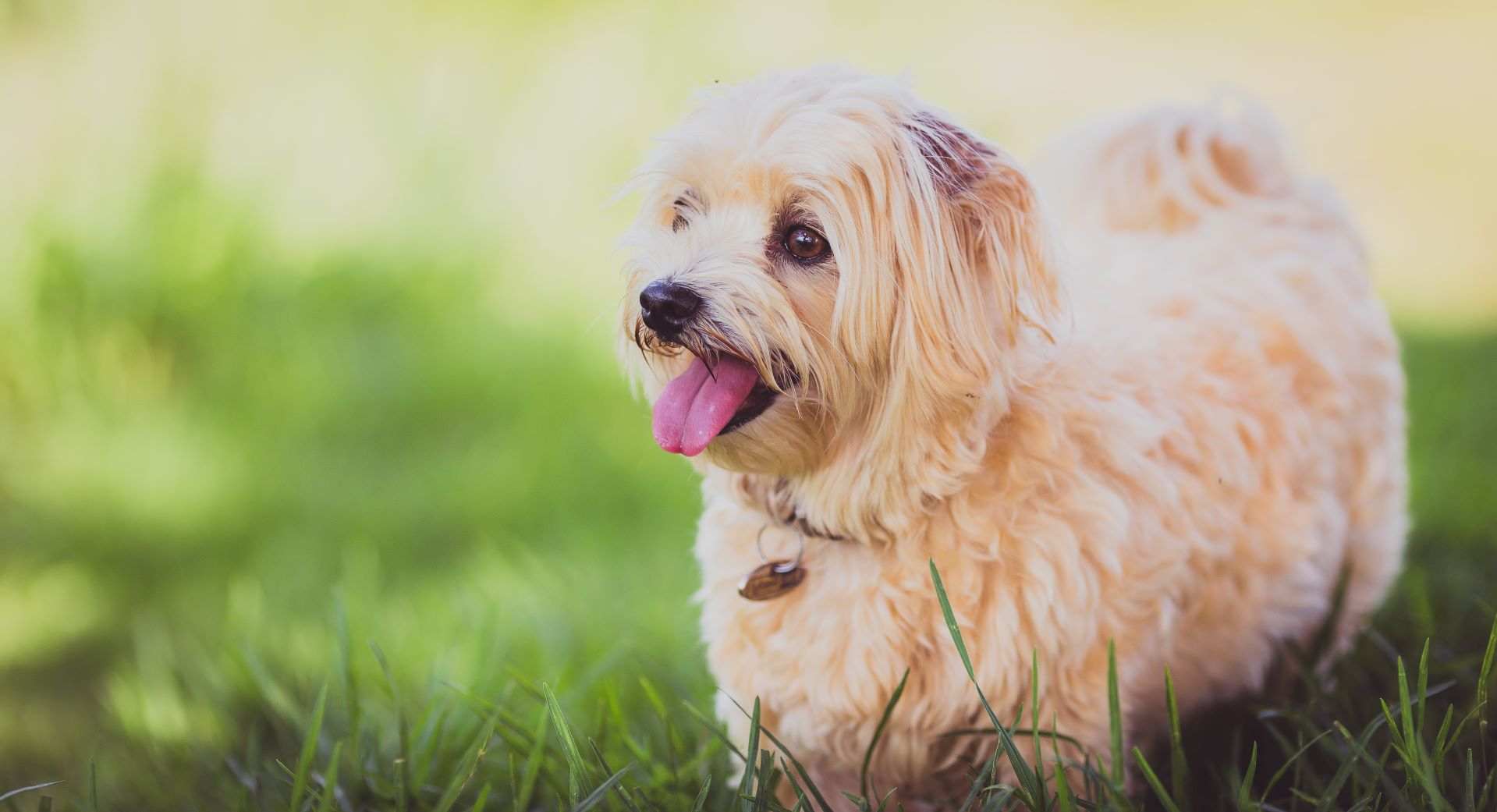 Dental problems don't only affect people. If you don't brush your pet's teeth, they'll also be at risk of gum disease and other problems, which could affect their overall health and wellbeing.
Dental problems don't only affect people. If you don't brush your pet's teeth, they'll also be at risk of gum disease and other problems, which could affect their overall health and wellbeing.
As a caring pet parent, it's important to know how to look after your pet's teeth and when they need to visit the vet for a dental health check.
What are the signs of dental problems in pets?
Some of the signs of oral health problems in animals are the same as in people, but they also have their own ways of showing distress. Your pet should visit the vet if you notice any of the following symptoms:
- bad breath (despite what some people think, it's not normal for a dog or cat's breath to smell)
- discoloured teeth or a build-up of hardened plaque (tartar)
- damaged or loose teeth
- excessive drooling
- swelling or bleeding around the mouth
- loss of appetite
- pawing at the mouth
- changes in behaviour
The most common oral health problem that affects dogs and cats is gum disease. This can usually be reversed if it's caught early by improving their oral hygiene, but untreated gum disease can lead to tooth loss and is linked to health problems in other parts of the body. That's why it's important to clean your pet's teeth regularly to reduce plaque.
How to clean your pet's teeth
Many people don't know that they have to brush their pet's teeth, but this is the best preventive measure against gum disease and associated health risks. You don't have to clean their teeth every day, but cleaning a few times each week is recommended. Dogs and cats can be trained to accept tooth brushing with patience and care.
You should never use dental products intended for humans on animals, as this can harm their health. Instead, ask your local pet store about special toothbrushes and toothpaste for dogs and cats. These should have soft bristles and should be used gently, making sure you clean all the surfaces of their teeth and giving your pet praise throughout.
To get your pet used to the feeling of toothbrushing, start out by dipping your finger in tasty pet food and gently rubbing their teeth. You can then move on to rubbing with gauze over your finger before finally introducing the toothbrush when they're comfortable.
Do pet dental treats work?
Some pet foods and treats are designed to help your pets maintain healthy teeth. These usually work by scrubbing plaque from their teeth as they chew and stimulating saliva flow, which helps to rinse their mouth. Talk to your vet for their recommendations of the best dental products to try.
Do animals need to visit the dentist?
Dentists don't treat animals, but your pet should have an oral health check-up with their veterinarian at least once a year. They'll check their teeth and gums for any possible signs of problems and discuss home remedies with you to improve their oral health or any treatments they might need.
Your vet may also offer to professionally clean your pet's teeth to remove hardened deposits of calculus and tartar. This usually needs to be done under general anaesthesia.
References
American Veterinary Medical Association. Pet Dental Care [Online] 2015 [Accessed July 2019] Available from: https://www.avma.org/public/PetCare/Pages/Pet-Dental-Care.aspx
